Mechanical Engineering
The darkest black
Metallic nanostructures absorb light better than any other known structures.
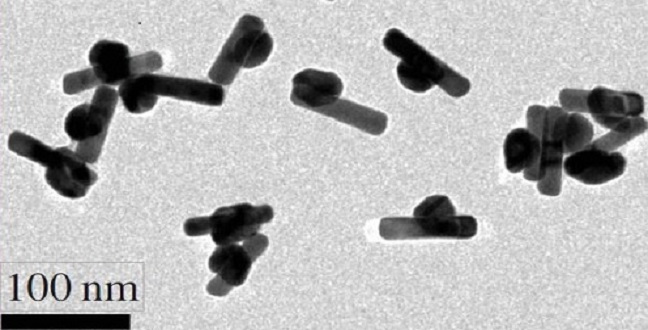
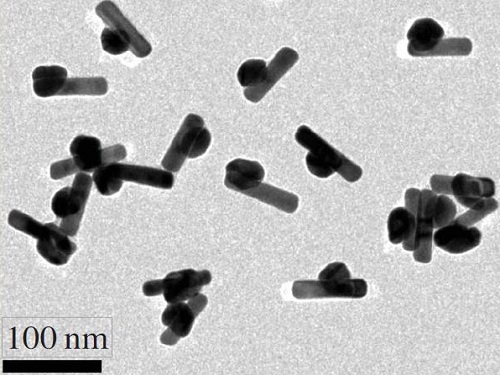
The wings of Cyphochilus, the whitest known insect, provide the conceptual framework to develop the blackest material in the world.
© 2015 KAUST
Metallic nanostructures that are perfect light absorbers in the visible and infrared spectrum have been fabricated by researchers from KAUST. The structures, whose design replicates the colorful wings of beetles, are the darkest light absorbers known1.
The shimmering colors seen on the wings of some beetles arise from a physical structure on the micro and nanoscale that has evolved to scatter light for a colorful appearance. The beetle species Cyphochilus in particular has wing structures that make them the whitest known insect.
The researchers used the Cyphochilus wings to develop a perfect light absorber based on the inversion principle. A structure that inverses the properties of white beetles will be black and absorb light. This structural variation of the beetle structure consists of a gold nanorod to which a gold nanosphere is attached. The nanorods behave like tiny antennas that pick up light at all colors from the environment.
As the light passes through the rod, it gets trapped in the nanosphere, where it bounces back and forth until the light is completely absorbed. The absorption capacity of the structures is about 26 percent higher than that of carbon nanotubes, the strongest light absorber identified.
The high light absorption has applications for energy harvesting, explained Andrea Fratalocchi, of the Computer, Electrical and Mathematical Science and Engineering Division, who led the collaborative research team along with Yu Han of the Physical Science and Engineering Division.
“We are already employing these structures in the context of water desalination and they showed world record efficiency performances,” he said. In addition, they can be used as catalyzers for chemical reactions, or for the production of biofuel from sunlight.
Under specific conditions, the structures also emit light. If excited at one particular color — such as green — that green light condenses and the structures emit red light in a very narrow region of the energy spectrum. This region corresponds to the minimum energy wavelength where light can spread out across the material.
The main advantage of the structures is their extremely high light absorption. Fratalocchi pointed to the possibility of their structures being used for hydrogen production, as hydrogen is a versatile and efficient energy storage material.
“One of the greatest current energy challenges is that it can’t be stored in large quantities which means we need to produce vast quantities of energy even if we do not consume it all,” explained Fratalocchi. “Hydrogen can be a game-changing technology with a system that is totally clean, abundant and renewable, and that can be used on demand and stored in large amounts.”
References
- Huang, J., Liu, C., Zhu, Y., Masala, S., Alarousu, E., Han, Y. & Fratalocchi, A. Harnessing structural darkness in the visible and infrared wavelengths for a new source of light. Nature Nanotechnology 11, 60-66 (2015).| article
You might also like
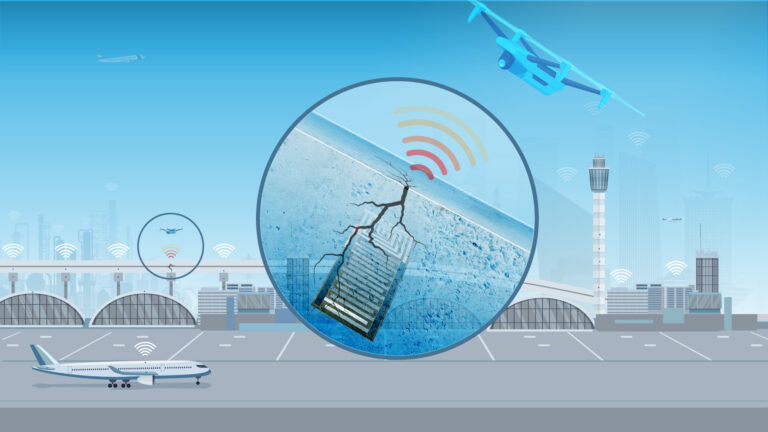
Mechanical Engineering
Innovative strain sensor design enables extreme sensitivity

Mechanical Engineering
Turbulent flow shows surprise patterns that could help boost efficiency
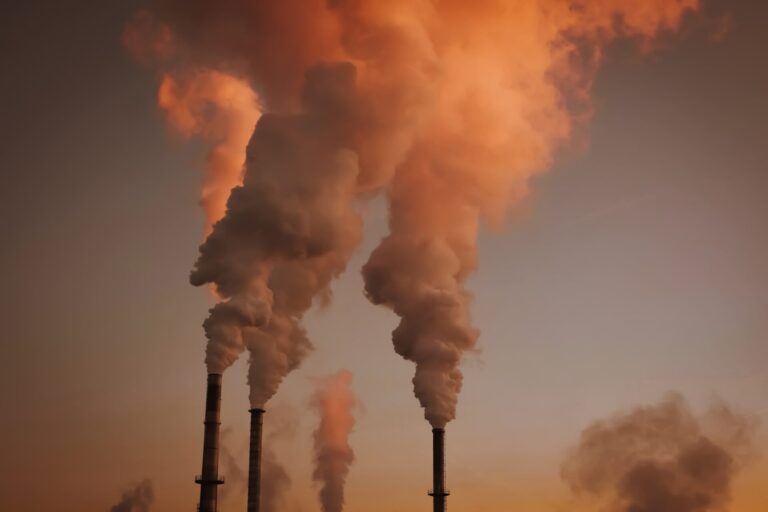
Mechanical Engineering
Machine learning model identifies gas molecules

Mechanical Engineering
Making a splash: unraveling the impact of large water droplets

Mechanical Engineering
Sour gas has sweet potential for hydrogen production
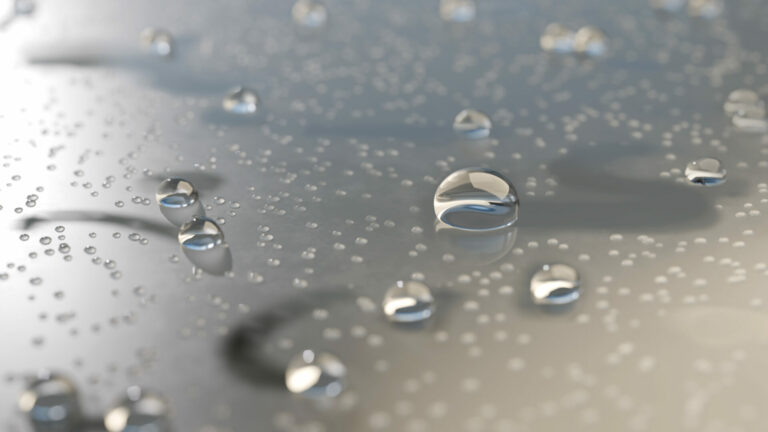
Mechanical Engineering
Dancing droplets’ new spin on water harvesting

Mechanical Engineering
Underwater air pockets smooth out the bumps

Chemistry



